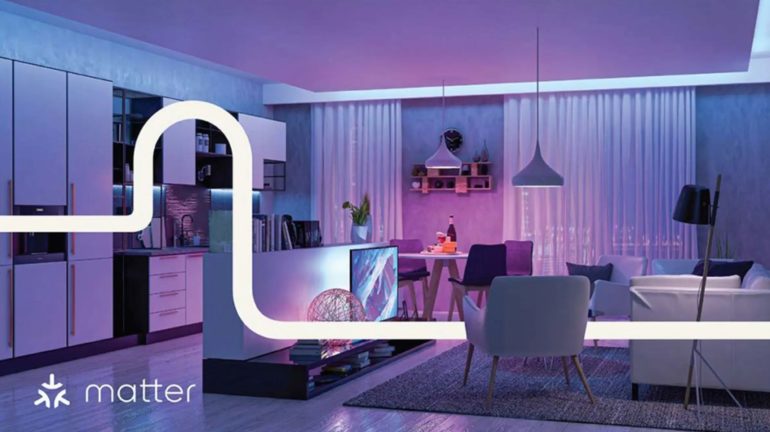The smart home should be a natural progression of our living spaces, offering improved appliances, systems, and experiences. However, it has been complex, perplexing, and costly thus far. Walled gardens have stunted innovation since developers are more concerned with getting their gadgets to operate with three, four, or more different platforms than with inventing better goods and new features. Consumers expend much too much effort determining which product works with which and then debugging those connections before giving up on the entire endeavour. As a result, smart home adoption has been slower than many predicted.
What the smart home needs, and has required for some time, is a universal connection standard – a minimum level of common plumbing in our houses through which everything may flow. Just like we picked VHS over Betamax for a superior home theatre experience in the 1980s (and Blu-ray over HD-DVD in the early 2000s), we must choose a smart home standard.
The issue is that there are no two or three standards to pick from. There are plenty, and none of them operates very well on their own. Zigbee, Z-Wave, Wi-Fi, and Bluetooth have all attempted and failed to become the major smart home radio technology. However, none have acquired enough traction or provided enough flexibility to integrate into every aspect of the smart home.
This is when Matter enters the picture.
Purchase a device, connect it, and it will integrate with the rest of your smart home. Set up that new gadget with your favourite smart home app and control it with your preferred voice assistant, regardless of who manufactured it. This may seem like some faraway smart home utopia, but it is Matter’s promise. The basic smart house or apartments for rent in Oxnard might be on the horizon.
Matter is an open-source connection standard developed by over 200 organisations. It is a communication protocol that uses current technologies such as Thread, Wi-Fi, Bluetooth, and Ethernet to allow all of your devices to speak with each other locally, without the need for a cloud.
What distinguishes Matter from other smart home standards is its momentum; the majority of the industry is on board. Matter is being developed by Amazon, Apple, Google / Nest, and Samsung, as well as many other smart home and smart home-adjacent firms including Lutron, iRobot, Signify (Philips Hue), Ikea, and others, and is organised by the Connectivity Standards Alliance (or CSA, previously the Zigbee Alliance).
Driven by a shared desire to solve the smart home’s difficulties, these firms are collaborating to figure out how to make this standard the one that stays. Can Matter ultimately put an end to the perplexity captured by Randall Munroe’s iconic xkcd “Standards” comic?
“This is a Renaissance [for the smart home],” says Tobin Richardson, the CSA’s president and CEO. “Most, if not all, of the industry has decided that [Matter] will be the way this will happen.” They appear to agree that Matter is the solution to the smart home’s main problems: simplicity, interoperability, dependability, and security.
The full Matter specification, SDK, and certification programme will be available in the autumn of 2022, with the first Matter-certified products expected to be available in December. That’s more than a year after Matter originally launched in 2019, but better late than never.

